HOW FAULT IS DETERMINED LEGALLY IN A TRUCK ACCIDENT CASE
After a truck crash, identifying who caused the accident becomes the foundation of your legal claim. A truck accident lawyer investigates every detail to prove who was responsible and why. Fault determines who pays for your medical bills, lost wages, and emotional suffering — which is why the process must be backed by strong evidence and legal knowledge.
WHAT DOES LEGAL FAULT MEAN IN A TRUCK ACCIDENT?
Legal fault refers to the party whose actions or negligence caused the crash.
-
✅ The truck driver may be at fault for unsafe driving
-
✅ The trucking company may be liable for improper maintenance or hiring
-
✅ A manufacturer may be responsible if vehicle parts failed
-
✅ A government entity may be involved due to road hazards
Your lawyer identifies all potential sources of liability to maximize your compensation.
TYPES OF EVIDENCE USED TO DETERMINE FAULT
Fault isn’t based on assumptions — it must be proven with documentation and testimony.
-
✅ Police reports with initial crash assessments
-
✅ Dashcam or surveillance footage of the accident
-
✅ Photographs showing damage, skid marks, and road signs
-
✅ Medical records that link injuries to crash impact
Strong evidence makes it harder for insurance companies to deny responsibility.
ROLE OF BLACK BOX DATA IN TRUCK ACCIDENTS
Most commercial trucks are equipped with electronic control modules (ECMs), also known as black boxes.
-
✅ They record vehicle speed, braking, and steering inputs
-
✅ They capture moments leading up to the crash
-
✅ They can reveal violations of hours-of-service regulations
-
✅ They often contradict driver statements
Lawyers request and analyze this data early to prevent it from being deleted.
WITNESS TESTIMONY AND EXPERT ANALYSIS
Sometimes, fault isn’t obvious from physical evidence alone. Testimony clarifies what happened.
-
✅ Eyewitnesses describe the driver’s actions before impact
-
✅ Accident reconstruction experts simulate crash conditions
-
✅ Medical professionals confirm the timing and nature of injuries
-
✅ Engineers evaluate vehicle failure or mechanical defects
These third-party perspectives strengthen your claim with professional support.
HOW NEGLIGENCE IS PROVEN IN COURT
Proving fault means proving negligence — that someone failed to act with reasonable care.
-
✅ The driver or company owed you a legal duty (to drive safely)
-
✅ They breached that duty by acting carelessly or unlawfully
-
✅ Their actions caused your injuries
-
✅ You suffered damages (financial, emotional, physical)
This legal formula forms the backbone of your lawsuit.
HOW STATES HANDLE SHARED FAULT
Sometimes more than one party is at fault — and even you might share a small percentage.
-
✅ Pure comparative negligence allows recovery even if you’re mostly at fault
-
✅ Modified comparative negligence limits compensation if you’re 50% or more responsible
-
✅ Contributory negligence bars recovery if you share any fault (in a few states)
-
✅ Your lawyer works to minimize your share and maximize recovery
Knowing your state’s rule is critical in evaluating your case.
WHY FAULT MATTERS TO YOUR SETTLEMENT OR VERDICT
Your ability to collect damages depends entirely on proving who was legally responsible.
-
✅ The more clearly your lawyer proves fault, the faster insurers tend to settle.
-
✅ Weak or incomplete fault arguments reduce compensation
-
✅ Judges and juries decide awards based on fault evidence
-
✅ Truck accident lawyers focus on fault from the start of the case
Fault is the legal foundation that supports your entire claim.
WHAT WE WANT TO EXPLAIN IN THIS ARTICLE
Fault isn’t just about blame — it’s about evidence, liability, and justice. A truck accident lawyer collects the data, asks the right questions, and applies the law to prove who caused your crash. Whether it’s a distracted truck driver, a negligent company, or defective equipment, your lawyer turns facts into accountability. With a strong legal strategy, fault leads directly to fair compensation.



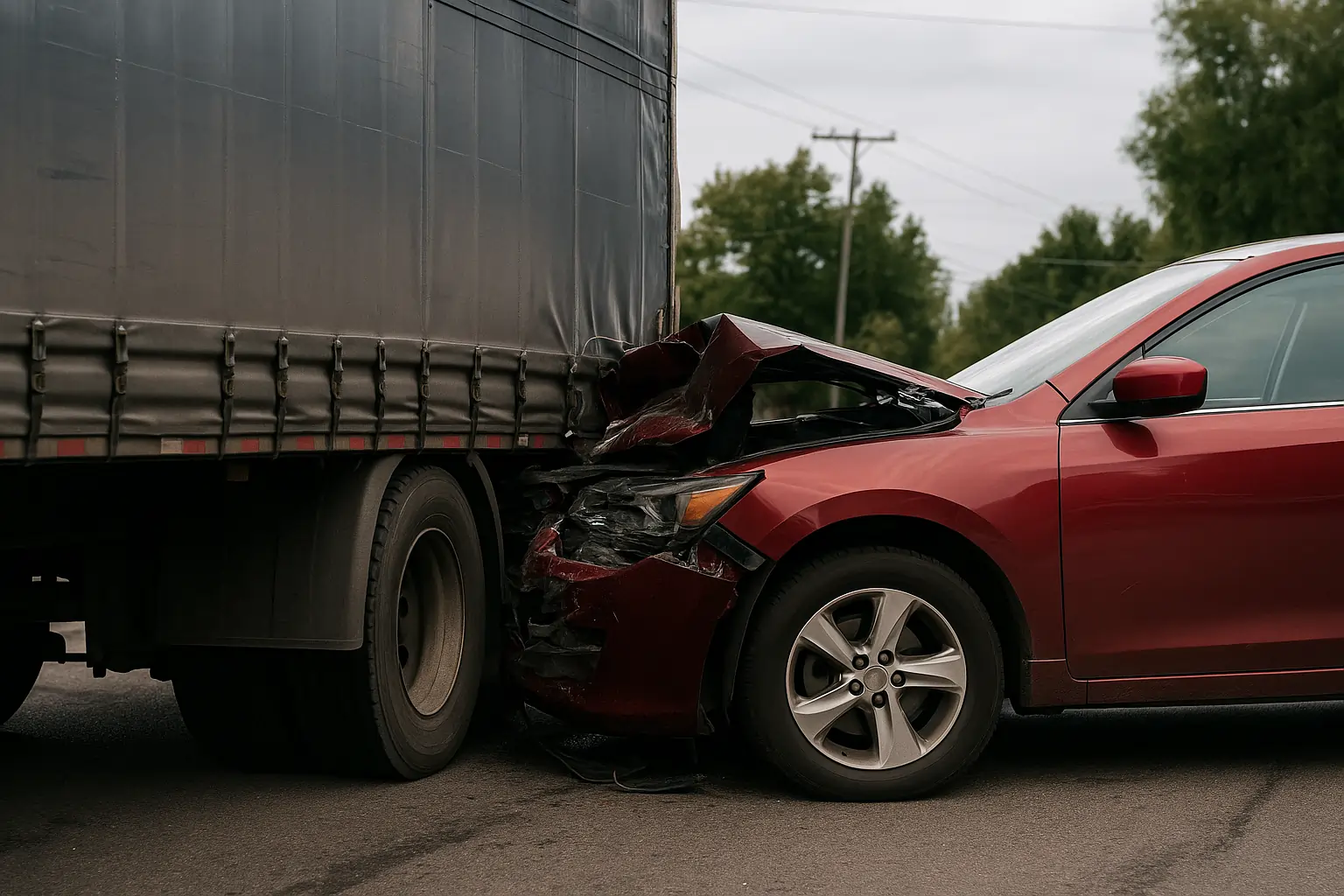
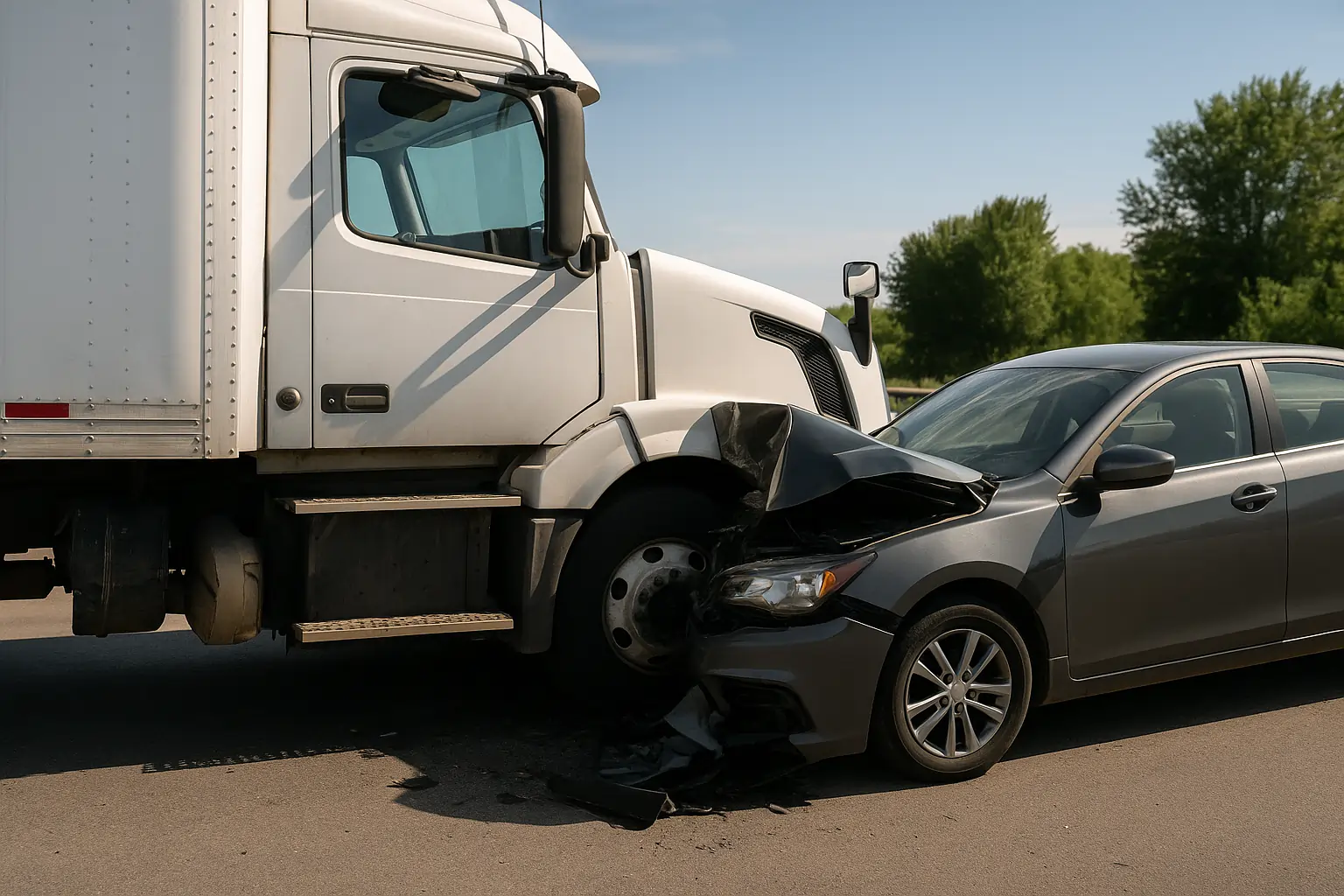
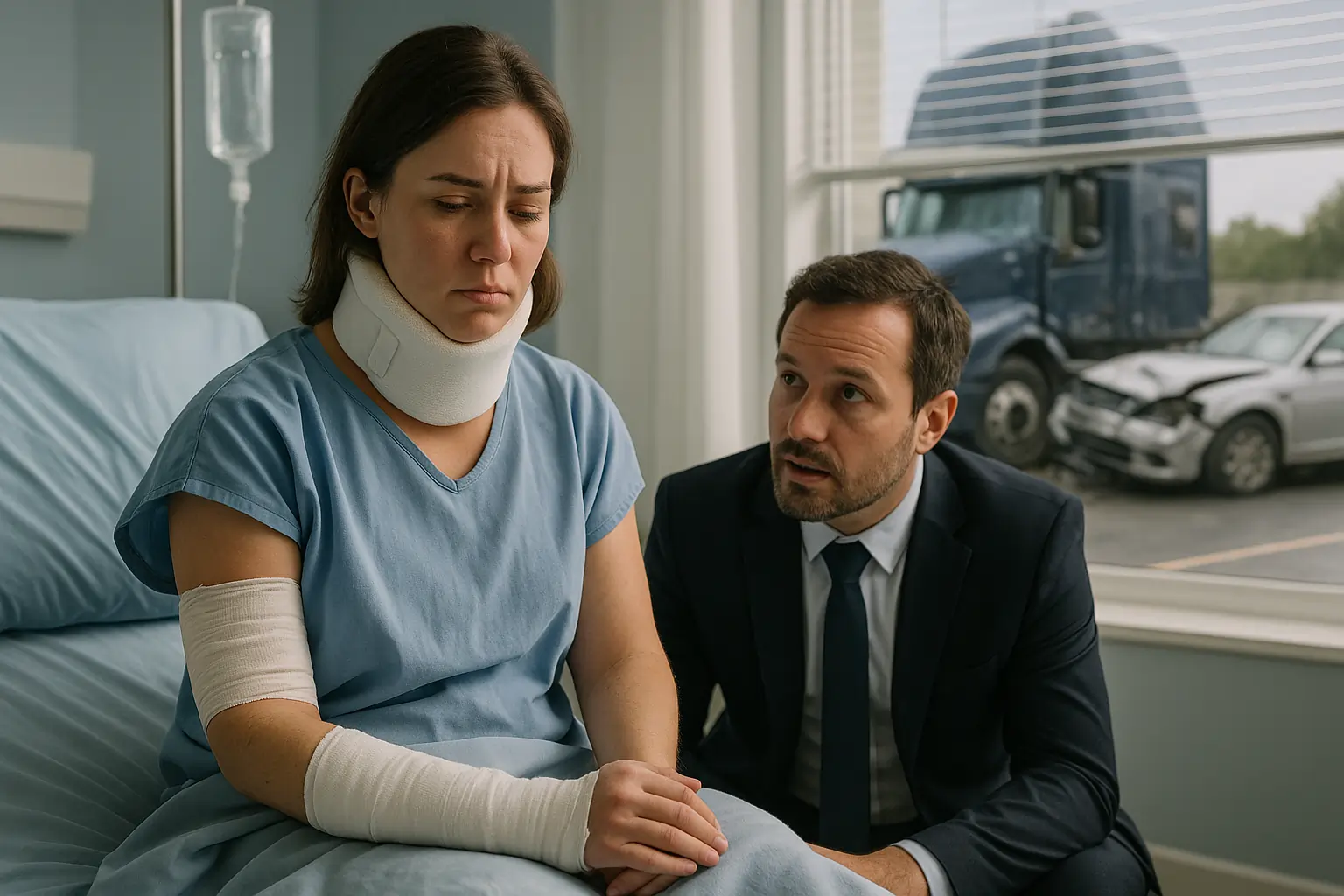
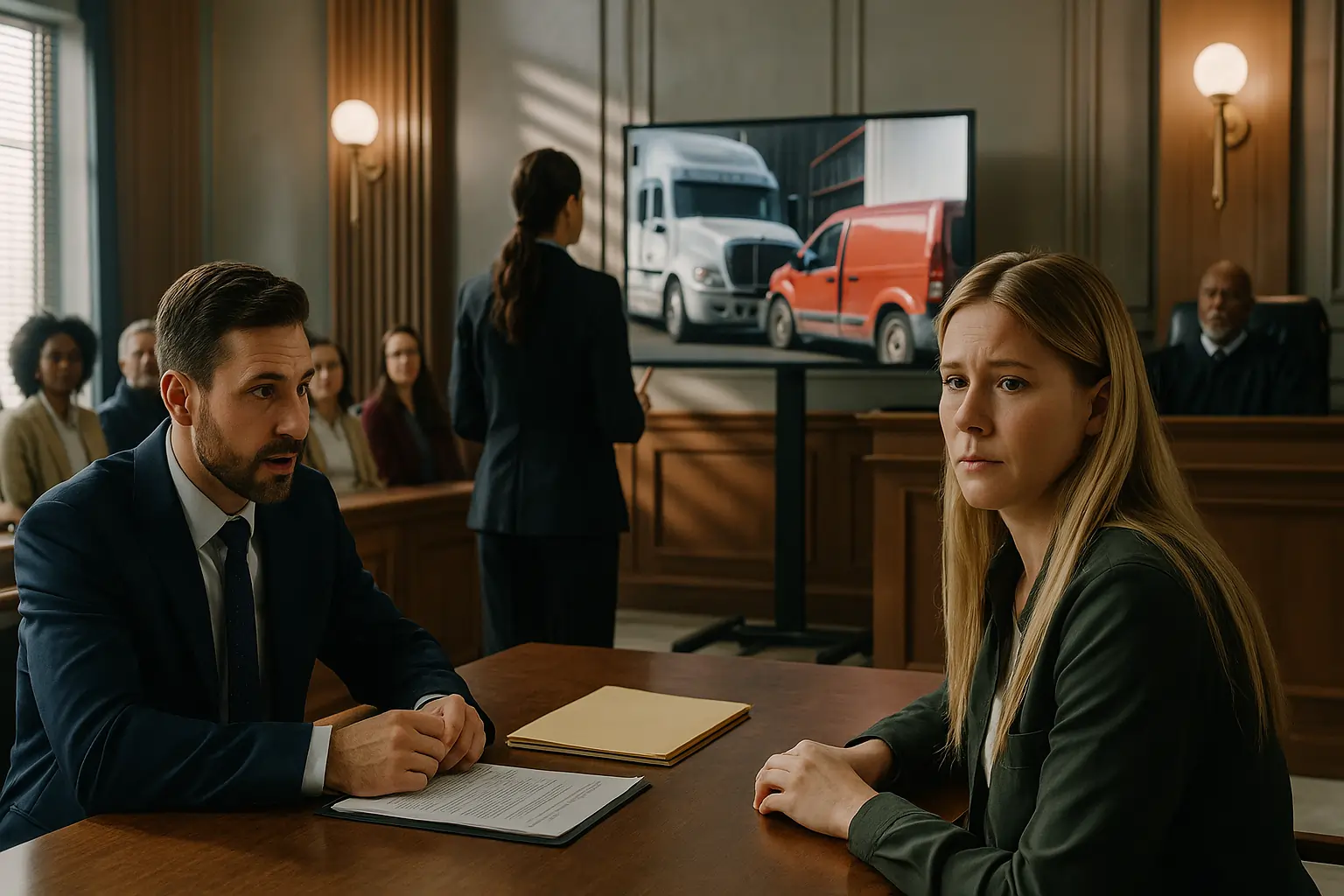
Leave a Reply